The concept of the digital rupee was proposed on January 2017 and it is expected to launch in the coming fiscal year. But, what is Digital Rupee in India? How it is different from UPI? Is it going to replace physical cash? Read more to get all the answers
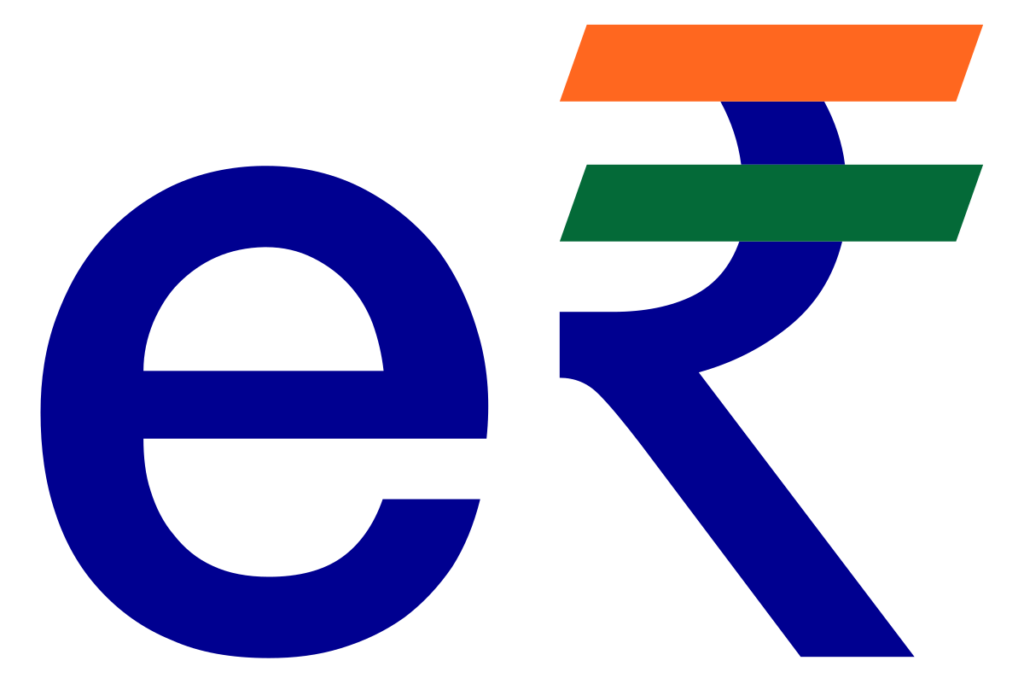
What is digital rupee in India? |What is digital currency
The Indian rupee in its tokenized digital form is known as a digital rupee. It is also known as E INR or E rupee. The digital rupee is to be issued by RBI. It is to be issued as a Central Bank Digital Currency (CBDC).
The digital rupee is a proposed form of electronic currency in India. It is not currently in use but has been the subject of discussions and proposals by the Indian government and central bank, the Reserve Bank of India (RBI). The digital rupee would be a digital version of the Indian rupee, the official currency of India, and would be issued and backed by the RBI. It is intended to be used as a means of electronic payment and as a store of value, similar to cash.
What are the Types of Digital Rupee in India?
RBI is planning to include online and offline accessibility of the digital rupee. It is also planning to introduce two types of digital rupee one is the digital rupee for wholesale (e₹-W) which is to be used for interbank settlements and another one is the digital rupee for retail (e₹-R) which is to be used for consumer and business. RBI said the digital rupee for retail is using blockchain technology. The main motive behind the implementation of the digital rupee in India is to reduce the printing cost of physical currency. Which are approximately 500 crores.
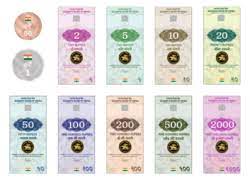
Background of digital rupee in India.
It all started in 2017 when a high-level committee was formed under the department of Economic Affairs which directly comes under the Ministry of Finance. This committee works on the governance and usage of virtual currencies in India. It also recommended a digital form of currency using a technology called Distributed Ledger Technology (DLT).
It was on the 29th of January 2021 Government of India officially introduced a bill in parliament that mainly focuses on giving RBI legal power to develop India’s cryptocurrency which is Central Bank Digital Currency (CBDC). This bill also bans trading and investing in cryptocurrencies.
The idea behind the digital rupee is to provide a convenient and secure means of electronic payment, particularly in a country where many people do not have access to traditional banking services. It is also seen as a way to promote financial inclusion and reduce the use of cash, which can be expensive and inefficient to handle.
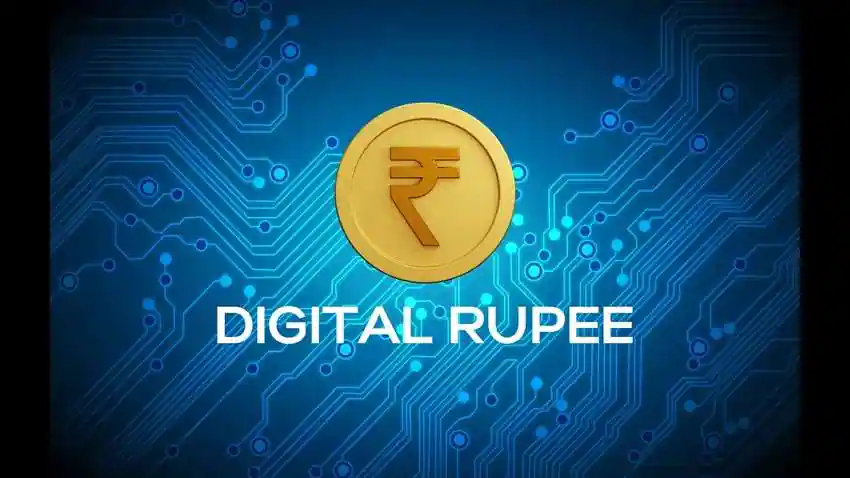
Planning of digital rupee in India.
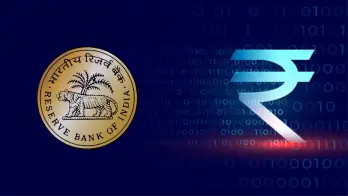
RBI started planning of digital rupee in India and the process of designing the digital rupee in the year 2022. Nirmala Sitharaman, The Finance Minister of India while presenting the Finance Bill of the year 2022 made necessary amendments to the RBI act, 1934 to make a clear way for CBDC. RBI contacted many private and public banks to test the functioning of the digital rupee in India. Many banks like SBI, PNB, UBI, and BOB were enrolled in this.
As mentioned earlier there will be two types of digital rupee in India the retail digital rupee is designed to cater to individual financial needs. While the wholesale digital rupee is meant to be traded between RBI, PSB, and private banks.
RBI released a press note on the 5th of October 2022(Click here to read press note). This note was released to create awareness about the digital rupee and also describes plan details According to the press note of RBI, the digital rupee will be structured into two forms that are token based and account-based. Token-based digital rupee will act as physical cash and it will be used for a retail transaction. For wholesale-level transactions and to maintain the balance sheet, the wholesale digital rupee will be used.
RBI has planned to introduce the digital rupee as an additional option for the payment system. The digital rupee will not replace existing payment options in the country. According to some reports, the digital rupee would be a convertible currency, which means one can easily convert the digital rupee to physical cash without paying extra fees.
RBI has also planned to introduce the digital rupee steadily and seamlessly to mitigate the risk of introducing new technology in the market.
Launch of digital rupee in India.
There are several different proposals for how the digital rupee could be implemented and used, and it is not yet clear when or if it will be introduced. Some of the key issues that are being considered include how the digital rupee would be issued, how it would be stored and used, and how it would be regulated. It is also not yet clear how the digital rupee would coexist with existing forms of electronic payment, such as credit and debit cards, and with traditional forms of money, such as cash and cheques.
RBI already launched a digital rupee for wholesale in India. As discussed earlier, the digital rupee for wholesale will be used to settle the secondary market transaction in government securities. It will mitigate settlement risk by helping to cut transaction costs.
Many public and private players came on board to test the launch of the digital rupee in India these include SBI, UBI, PNB, ICICI, HDFC, KOTAK Mahindra, YES Bank, and HSBC.
RBI governor also declared that the digital rupee in retail will also be launched in the coming days, but first, the participating banks will have to test the e₹-R among 10,000 to 50,000 people.
In the first month of its launch, the digital rupee for wholesale did approximately 300 crores of deals per day.
Read More : Exciting Future ahead: What is Elon Musk Neuralink Technology?
Difference between Digital Rupee and UPI
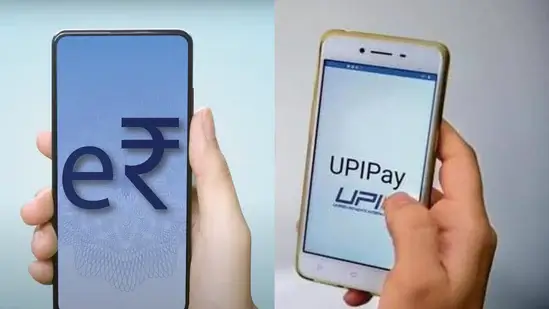
The digital rupee is a proposed form of electronic currency in India, while the Unified Payments Interface (UPI) is a real-time payment system that allows for the transfer of money between two bank accounts. The digital rupee is a digital version of the Indian rupee, the official currency of India, while UPI is a platform that facilitates the transfer of money between different bank accounts.
The digital rupee is intended to be used as a means of electronic payment and as a store of value, similar to cash. It would be issued and backed by the Reserve Bank of India (RBI), the central bank of India. On the other hand, UPI is a payment system that allows for the transfer of money between bank accounts using a smartphone or other device, without the need for a physical cheque or cash. It is a platform that connects different banks and financial institutions, allowing for seamless and real-time money transfers between accounts.
In summary, the digital rupee is a proposed form of electronic currency that would be issued and backed by the RBI, while UPI is a real-time payment system that allows for the transfer of money between bank accounts.
Conclusion
I hope that this article has helped you to comprehend. What is Digital Rupee in India? What are the types of Digital rupees? What is the Difference between the Digital rupee and UPI?
India is a developing nation; the digital platform and payment solutions of India are one of the best in the world. We sincerely hope India can replicate the success of UPI in the case of the Digital Rupee.
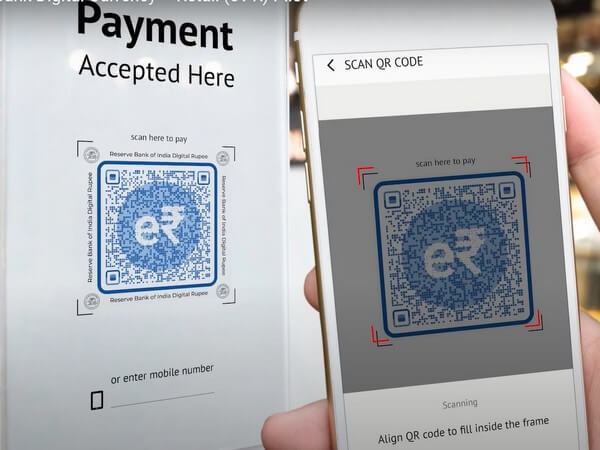
Very well described, it has brought a lot of clarity and understanding on the subject, thank you for writing in simple, clear and precise language 🙂
Bravo, your phrase simply excellent